PURPOSEFUL EXPERIENCE DESIGN STRATEGIES, COUPLED WITH INTENTIONALITY. WHEN THERE’S NO PLACE TO GO, WHAT IS THE EXPERIENCE?

AMBITIONS IN DESTINATION | RESTAURANT DESIGN STRATEGIES
Now’s the time for many that experiences are home bound and under locked-down scenarios, places are barred from action; still there are presences—moments of experience. To that end, this could be a passer-by impression—the epidermis of place-making—the storied signage, the tattooing of the building, the sigils of entry, brand patterning and codes—and then, too—the digital alignment of places well made and their expressions in online experiences. And how these two synchronize: thus, the holism.
Surely, the core of any brand is the legacy of the story—and most crucially, the real key is honesty — being simple, authentic, straight forward. That story speaks not only to the interiors, and what could be told in the skin of storytelling a place in the exterior of how people sense the content of its packaging. People know that, either directly in the physical presence, but so, too, their emotional gatherings. People seem to grasp these things in two constructs—one being the emotionality of how a place tells its story, and the brand that beats within—and, to the instinctual side, how that feels.
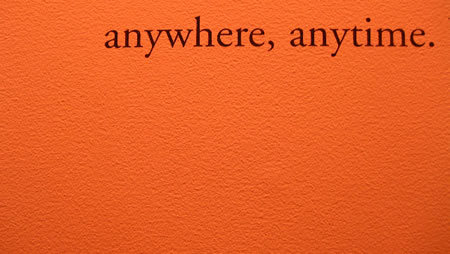
Over time, working on theories of experientiality and built environments, merged with digital renderings, I’ve journeyed to know people first hand. Meeting Danny Meyer, the legendary human brand (hospitality strategies,) I was struck by his demeanor. Humble, careful, thoughtful — and gracious. Like a host exemplar. Background on the man. But there’s something in the depth of his background that reaches back to his family. I’m reminded of Howard Schultz, in a way — they both have similar vibrations. They get to the point.
Danny spent part of his childhood traveling in Europe with his father’s tour company — then studying the nature of the hospitable in food and wine in France and Italy. That sojourn, like others we’ve written about, and worked for (Paul Bertolli) suggests a deepening of comprehension that builds character, perception and insights in how to connect with people. And at the very heart of experience in restaurant strategy, that’s where it lies. Expertise in being with people.
Working with other restauranteurs, my big question is always: “Are you going to be working here — will people see you?” That’s crucial. And it’s not infrequently, if the answers to the contrary, I’ll pass. Because the real link to the connection to guest relationships comes down to that simple proposition. Be there. Working earlier, with the Reichard brothers on The Habit, Anthony von Mandl and Mark Anthony Brands, or the Schwartz family on their grouping of restaurants—and in this link, one distinctive experiential design layering, Brad Dickinson and Mikel Rogers on the Pearl, in every instance, the success of the presence of the brand relates to the link to the people.
Those who project, are present, are lively in their participation.

As often intoned in the past, it’s the people that make the brand,
to both sides of the equation—
the people who build, and the people who experience.
Then there’s the code — the veritable brandcode — of the restaurant experience.
I just ate at two—both burger-related, and I’m mostly vegan, those two also offer “vegetarian offerings” from two points of view. One, Shake Shack, offers a mushroom “burger,” which is literally a Portebello. And the other is Burger King, which has—as many know—just rethought its branding, messaging and digitization of access.
Intriguingly, in referencing this two-set solution case study one is a recent provisioning at Danny Meyer’s Shake Shack; this is a closely-held restaurant group, and there’s a person at the center. Here is a fundamental alignment between the spirit of the human brand initiative and the nature of that experience:—people: manifesting their visioning, it’s that personality which makes the difference. We all talk about the personality of the brand—and, like any enterprise, there are layers to experience—there are the tiers of people that have committed to that enterprise and the embedment of their principled DNA into the emerging visioning of brand experience; and there are those, on the outside coming in—who could be
enchanted, engaged and embracing of that proposition—
what we call the E’s.
And yes, it is the entrance.
Which is the entrancement.
Which is trance.

Shake Shack, for one, comes from one person’s envisioning: and in examining the code of Danny Meyer’s physical expression—who he is as a human, you find honesty, humbleness, moderate details—yet the imbued characteristics of his psychic presence find themselves made evident in utility.
Simple, get it? Which shows as—brand | building tattooing:
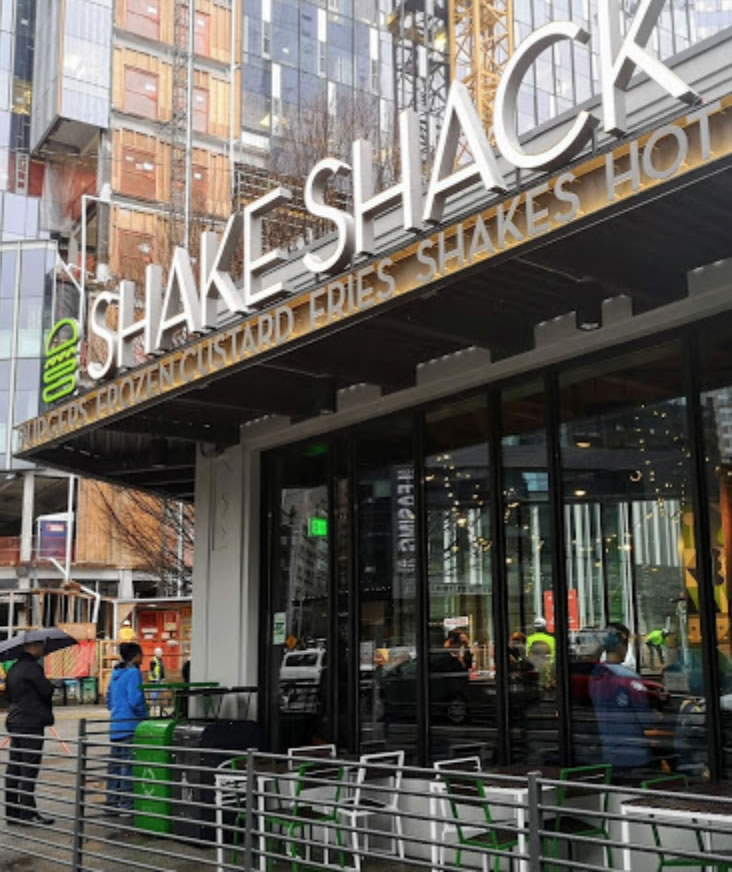
Guest journey > Merchandising Signing—
fast at “what’s for sale?
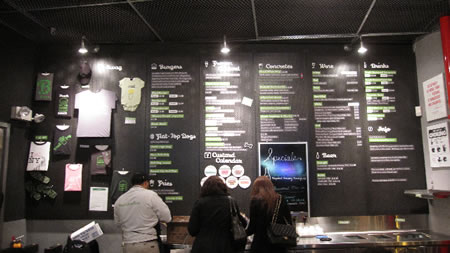
There is order, here—
bulletproof [artfully tough]
materiality:
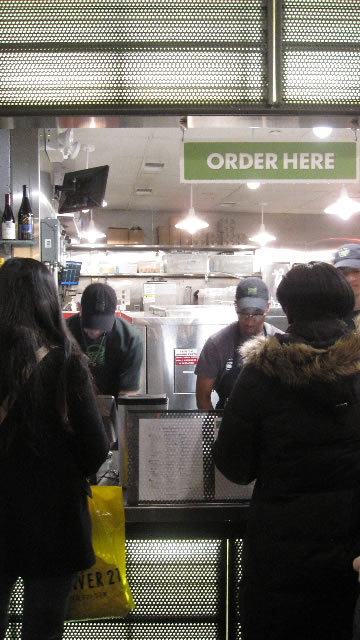
Strong, simple—honest and straightforward—
with a stretch towards crowd control, needfully so:
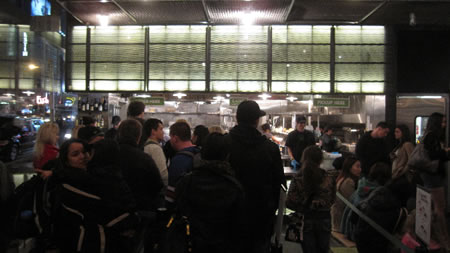
Simple, storytelling:

Simple comfort (but not too—stay but no slouching).
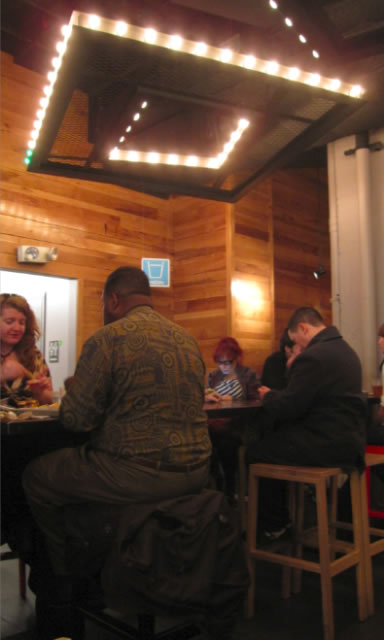
Lights, simple—utilitarian down-beamed—
focus on the food in front of you.
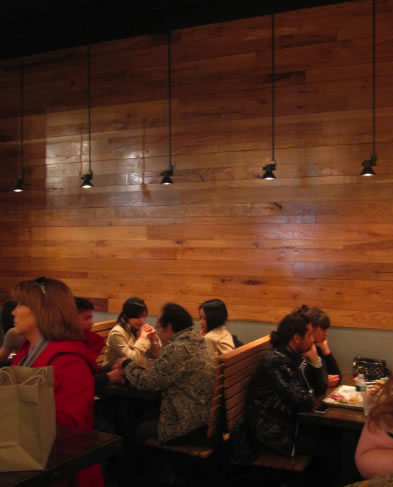
Simple: it works—hello, Midtown Manhattan.
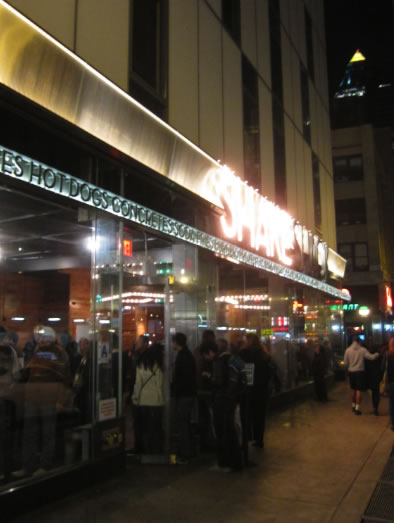
(Imagery by Dawn Clark)
Danny Meyer’s principles—speaking the truth—are entirely human focused: “good hospitality starts with a restaurant’s staff. In hiring employees, Meyer said (at a talk at Yale University,) his restaurants look for people with high ‘hospitality quotients,’ which are defined by what he referred to as six core emotional skills — kindness, curiosity, work ethic, empathy, self-awareness and integrity.”
To the Meyer strategy, employees are the highest priority—even valuing them over his customers. That reminds me of another brand we worked on.
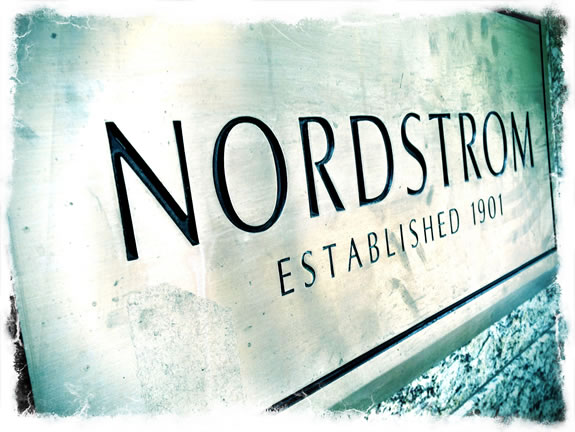
“We were actually putting our staff in front of our customers,” he said. “We learned that if we really wanted to have great customer satisfaction, you would never put them first. You want to make sure that the people who are coming to work love their jobs and love working with each other so much that they are naturally going to do a better job of taking care of our guests.”
That means a lot. People, caring for people.
After his presentation, Meyer answered questions from the audience — and when asked to name some of his culinary heroes, Meyer did not answer with celebrity named chefs.
To his thinking, the real power of success is focus — “his heroes are people who dedicate their lives to perfecting a single type of food.”
“I just have so much respect for someone who goes deeply into one topic and is the best in the world at that one topic,” Meyer referenced during the audience question and answer discussion.
That bridging of intention reaches between the employee—and the power of that relationship to enchant the guest, but as well, the knowledge of the community (and its individuals) profiles.

Seeking more—to aligning the spirit of brand intentionality isn’t a fadish trend, but more potent — following insights and relationships, “John Battallewrites in Search, the database of intentions will soon be upon us,” according to blogger and design thinker, Chris Bernard. “But you don’t need to wait for this to start employing the principles Danny details in your own business.” Bernard notes that “Danny gathers every piece of data about his customers that he can and he then uses it to enhance and personalize and experience of a customer. The more data that Danny has, the more likelihood that he can create memorable and meaningful interactions…”
Top notes from Danny Meyer—while historically documentary, they’re still inherently relevant in a time of perpetual pivoting:
The hospitality economy: “We are in a very new business era. I’m convinced that this is now a hospitality economy, no longer the service era. If you simply have a superior product or deliver on your promises, that’s not enough to distinguish your business. There will always be someone else who can do it or make it as well as you. It’s how you make your customers feel while using your products that distinguishes you.”
The power of experience: “It’s the experience. Service is a monologue: we decide on standards for service. Hospitality is a dialogue: to listen to a customer’s needs and meet them. It takes both great service and hospitality to be at the top.”
The center of the brand — employees: “If you are devoted to your staff and can promise them much more than a paycheck, something to believe in, you will then get the best service for customers, which will in the long run provide the best return to your investors.”
The link to knowledge: “The more dots you collect, the more chances you have to make meaningful connections that make people feel good and give you a business edge.”
Brand and emotional intelligence: “You can teach technical skills, but you can’t train employees emotionally. But you can teach managers how to hire for a specific emotional skill set.” Building his team, Meyer searches for candidates whose strengths are divided 51%-49% between emotional hospitality and technical excellence. “I like to call them hospitalitarians. People who are naturally kind, empathetic and curious, along with having a strong work ethic. They get fed through the process of providing hospitality.”
Locations for ShakeShack—global.
The overview on Danny Meyer’s H|Q—leadership, upfront.
See Danny then.
And Danny now?
Simple. Service—the heart=fullness, that drives the brand. Attention and intention. And singularity of intent in play—what’s important to you, what’s important to those you serve.

Know what you love to do, to offer, and stay focused on that intention
[L. tenure, “to stretch.”] Brand experiences continue to manifest, it’s merely a matter of rethinking the layering, and character, of how they show up.
t i m / at the ShakeShack, Store Seattle,
Amazonia, Downtown Seattle, WA
–––
Love More often—